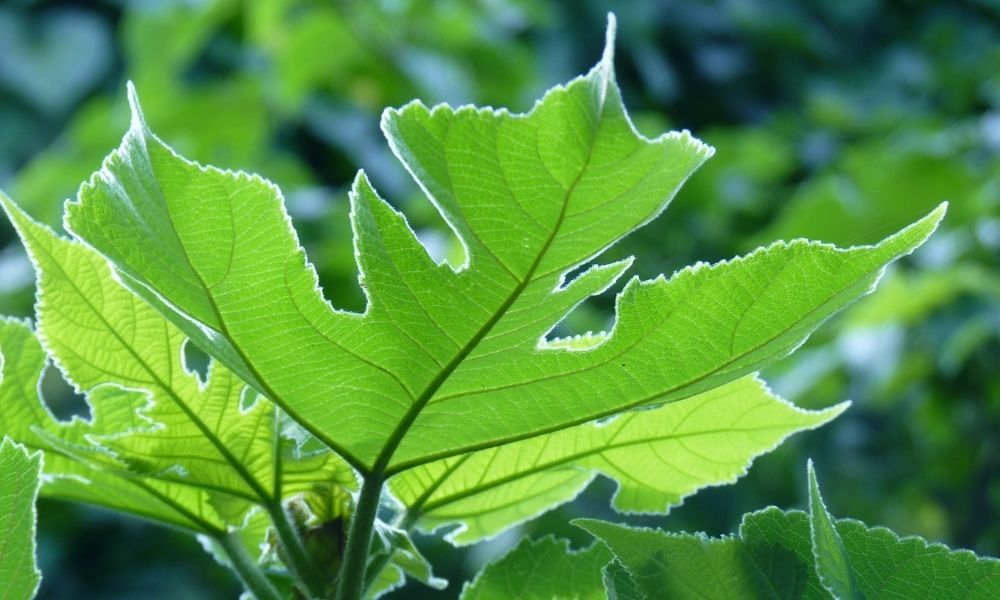Austin, Texas, is home to some of the most extraordinary plant life in the Lone Star State. A plethora of native foliage, flowers, and trees make this beautiful Central Texas city truly unique. That said, Austin is also home to a few invasive tree species that can wreak havoc on our native ecosystems if left unaddressed. For this reason, knowing what these plants look like and how they could affect their surroundings is beneficial.
Paper Mulberry
These ornamental beauties were once heralded as excellent shade trees for lawns across the Texas landscape. After all, their towering height and lush foliage, with vibrant clusters of orange and green, are indeed lovely to behold. But unfortunately, this beauty is one of the only strengths these invasive trees possess.
Paper mulberries are fast growing and can rapidly reach incredible heights of 45 feet. But underneath that vivacious appearance, the paper mulberry is weak wooded and shallow rooted. These characteristics often cause saplings to fall easily during storms. Moreover, paper mulberries can cause severe damage if fall on homes or buildings. If that isn’t enough, they’re also aggressive growers, which means they’ll spread far and wide—and do so quickly. This causes the displacement and choking-out of native plant species. Thus, if paper mulberries are growing on your property, it’s wise to consider having them removed.
Red-Tipped Photinia
Photinias come in various species, and all of the plants in this family are considered invasive. But specifically, the red-tipped photinia is among the most invasive tree species in Austin, Texas. Not unlike the paper mulberry, red-tipped photinias are beautiful plants. They boast glossy evergreen leaves with bursts of vibrant red leaflets at nearly symmetrical intervals.
However, red-tipped photinias often do a lot more harm than good for the natural ecosystems of Texas Hill Country. They might be visually appealing, but these trees spread quickly, and when they do, they can wreck the native plants and ecosystems around them. Additionally, this species of photinia is particularly prone to a leaf-spotting disease that could harm other plants and depreciate the look of a yard or lot.
Mimosa or Silk Tree
Of course, there’s no discussion of invasive tree species without mentioning the all-too-familiar mimosa or silk tree. Many Texas natives have played underneath these spear-leafed trees or spotted them on hikes throughout their lives. Truthfully, it’s hard not to find something to love about silk trees. After all, their visually pleasing leaf clusters and overwhelmingly sweet blossoms are enough to persuade anybody to plant one. But be mindful that these, too, are some of the most invasive tree species in Austin, Texas.
Unfortunately, that means they’re harmful to our native foliage. Silk trees have exceedingly short life spans, and the way they shed leaves makes them messy, especially in residential areas. They’re also particularly susceptible to wilting diseases that depreciate their health and appearance. Lastly, they’re notorious for growing and reproducing in places where they’re least wanted. This is why you’ll often spot silk trees growing in empty lots or near waterways. For this reason, we encourage you to avoid planting these trees.
If you happen to have any of these species growing on your property, don’t worry. SID Mourning Tree Services’ expert arborist tree removal services in Austin, Texas, are just a phone call away. We’ll carefully remove and dispose of any invasive tree species so that you can go back to enjoying your favorite outdoor areas without worry.

